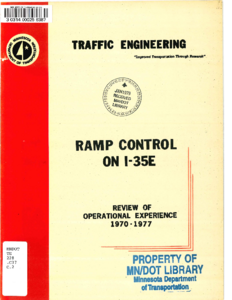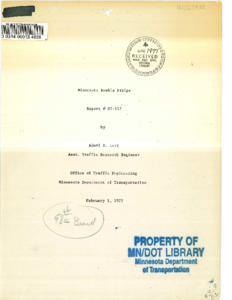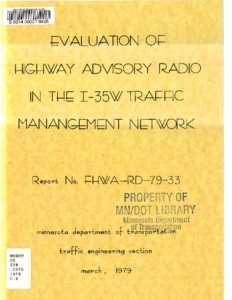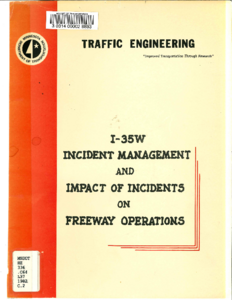Evaluation of the I-694 Traffic Management System
Date Created
1985-03
Report Number
1985-01
Description
Enhancing Managed Lanes Equity Analysis
Creator
Date Created
2023-03
Report Number
2023-15
Description
The ABC Parking Ramps in Minneapolis: A Unique Past; A Visionary Future
Creator
Date Created
2019
Report Number
2019-13
Description










